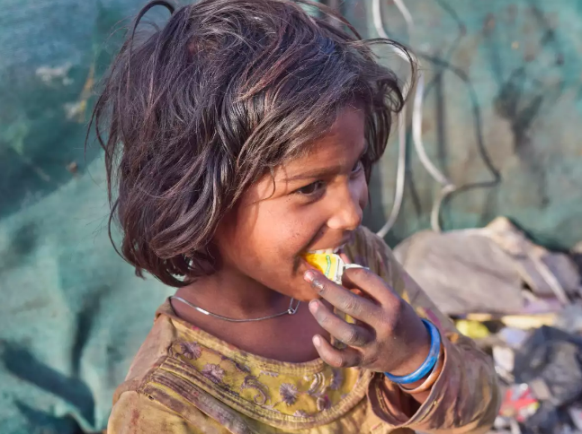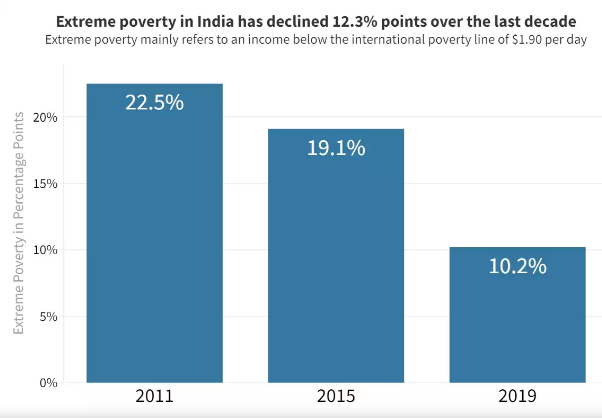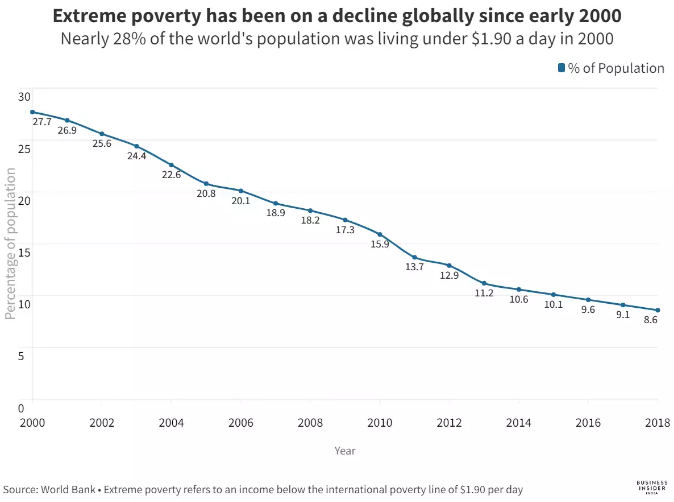Free Courses Sale ends Soon, Get It Now


Free Courses Sale ends Soon, Get It Now



Disclaimer: Copyright infringement not intended.
Context
Extreme Poverty
Key Findings of the recent report by World Bank
Extreme Poverty levels

Rural vs Urban Poverty
More Poverty reduction in later years

Consumption inequality
Real Income of Farmers
Marginal increase in Poverty during Demonetization
Survey used to measure Poverty by World Bank
CPHS Vs NSS: The better measure
Recent IMF Report
Role of India’s Food Subsidy Program
Must Read: https://www.iasgyan.in/daily-current-affairs/poverty-in-india-4
© 2024 iasgyan. All right reserved